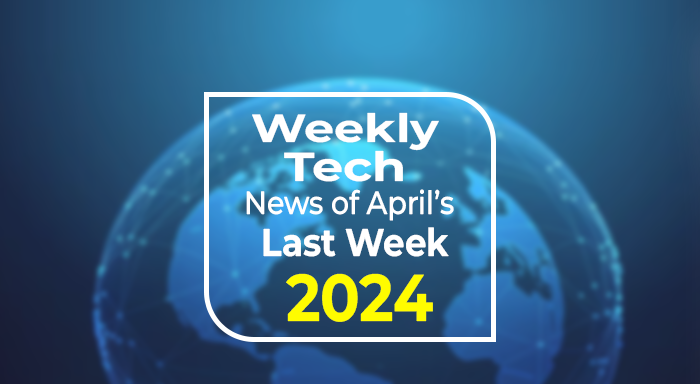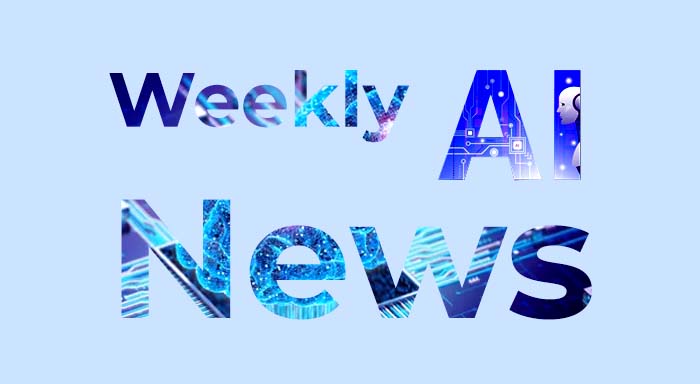VASA-1: Microsoft’s Real-time Talktive Motionable Face Generator AI Model supports every Emotion & Language

VASA-1, Microsoft’s new release assists in generating talkative motionable faces with proper audio of virtual characters available with a pre-generated holistic facial dynamics model.
Operate VASA-1 to synchronize lip audio, get expressive facial nuances, head movement, signals integration option, neutral head motion, editing & controlling attribute, and more. Plus, offers disentangled face latent space derived from videos, outperforms the previous method, batch processing Mode that handles artistic photos, singing audios, and non-English speech.
VASA-1 is openly accessible with a preceding latency of 170ms and also supports to the online generation of 512x512 videos at up to 40 FPS with negligible starting latency. You can be able to utilize multiple avatars that emulate human conversational behaviors under different emotion offsets (neutral, happiness, anger, and surprise, respectively)
Official Source: https://www.microsoft.com/en-us/research/project/vasa-1/
Phi-3 SLM Model: Tiny but Mighty AI tool with High Potential

Meet Phi-3-mini (SLMs) Small Language Models available with 3.8 billion parameters, high-quality data, hugging Face feature, Ollama framework, offline working functionality, high privacy, multi-layered safety, manual red-teaming and assessment.
Phi-3 has been designed to cater to various tasks such as summarizing documents, generating content, powering chatbots for customer support, offering versatility for AI applications, etc with diverse options in AI applications with varying parameter sizes.
- NVIDIA NIM microservices (provide pre-built containers that enable developers to reduce deployment times from weeks to minutes),
- Hugging face (Machine learning & data science helps users build, deploy, & train machine learning models along with providing the infrastructure to demo, run, & deploy artificial intelligence in live applications)
- OLLAMA (open-source software or framework designed to work with Large Language Models on your local machine helps developers to experiment with various pre-built LLMs without relying on cloud resources or complex setups to run the LLMs in your local machine).
Official Source:
https://news.microsoft.com/source/features/ai/the-phi-3-small-language-models-with-big-potential/?ocid=FY24_soc_omc_br_x_Phi3
A New Advancement in OpenAI: Enterprise-grade Functionality for API Customers

OpenAI introduces enterprise-grade features for API customers that focus on security enhancements, administrative controls, assistants API improvements, and cost management options.
Now, keep your direct communication link private, use Multi-Factor Authentication, Projects feature for granular control, Assistants API updates for accurate retrieval, streaming support, and Batch API for asynchronous workloads.
OpenAI advancement offers single sign-on (SSO), data encryption at rest using AES-256, TLS 1.2, role-based access controls, and zero data retention policy for API customers with a qualifying use case.
Furthermore, provide retrieval with ‘file_search’ which can ingest up to 10,000 files per assistant—a 500x that has been increased from the previous file limit of 20.
Now parsed, chunked, and embed your files by using the ‘vector_store’ objects feature of OpenAI.
Official Source: https://openai.com/blog/more-enterprise-grade-features-for-api-customers
Push Your Robot’s Limit with Atlas: A Sophisticated Software Application by Boston Dynamic

Now you can control, deeply manipulate, deploy, and automate your robots with Atlas in a more advanced and secure manner. Atlas, a sophisticated software suite for managing and deploying cloud-native applications and services that have been designed by Botson Dynamic.
The software application offers dynamic manipulation features to interact with the universe and real-time perception for noticing the surroundings with depth sensors.
Moreover, provides the feature of model-predictive to check out the concept of how the robots’ motion will evolve over time and adjust accordingly.
Official Source: https://bostondynamics.com/atlas/



